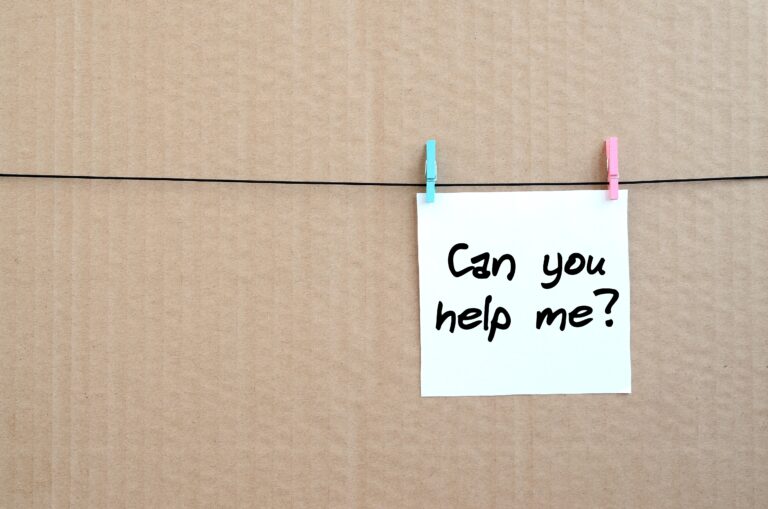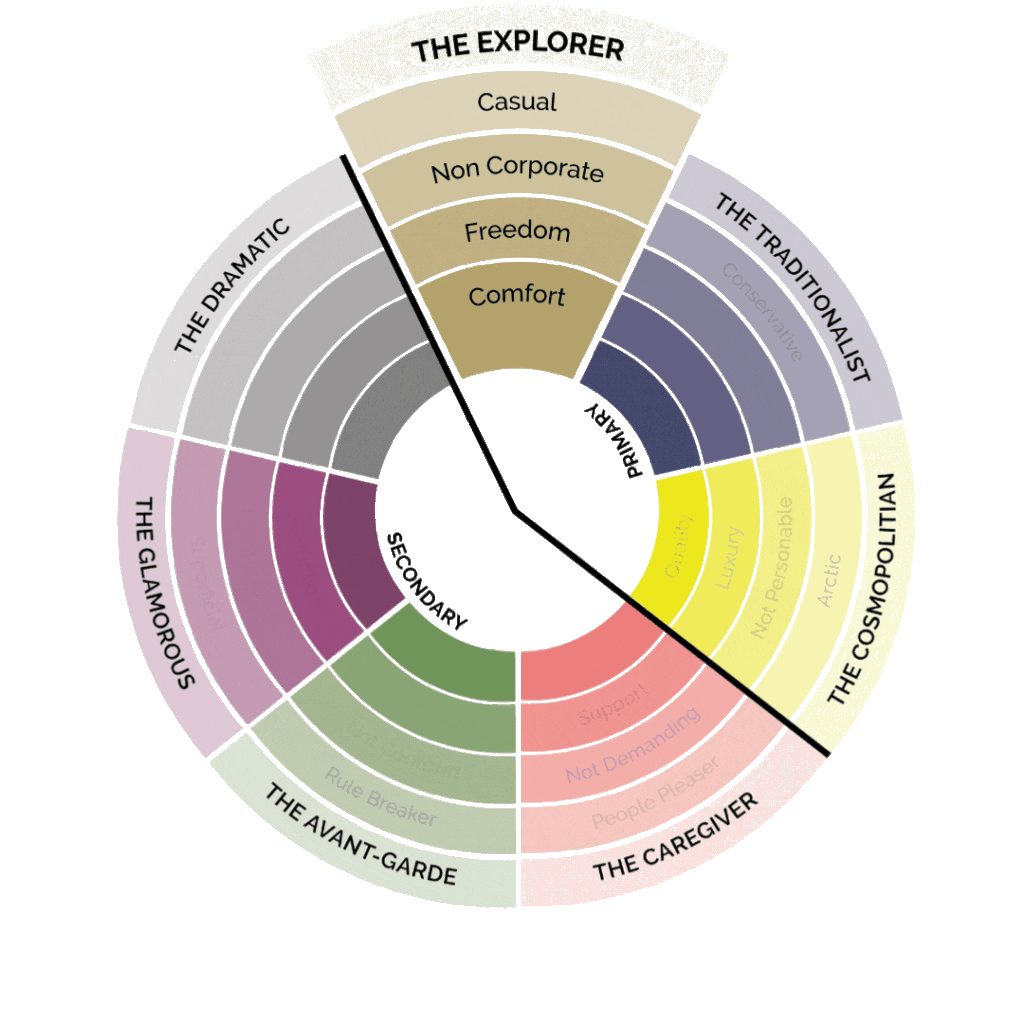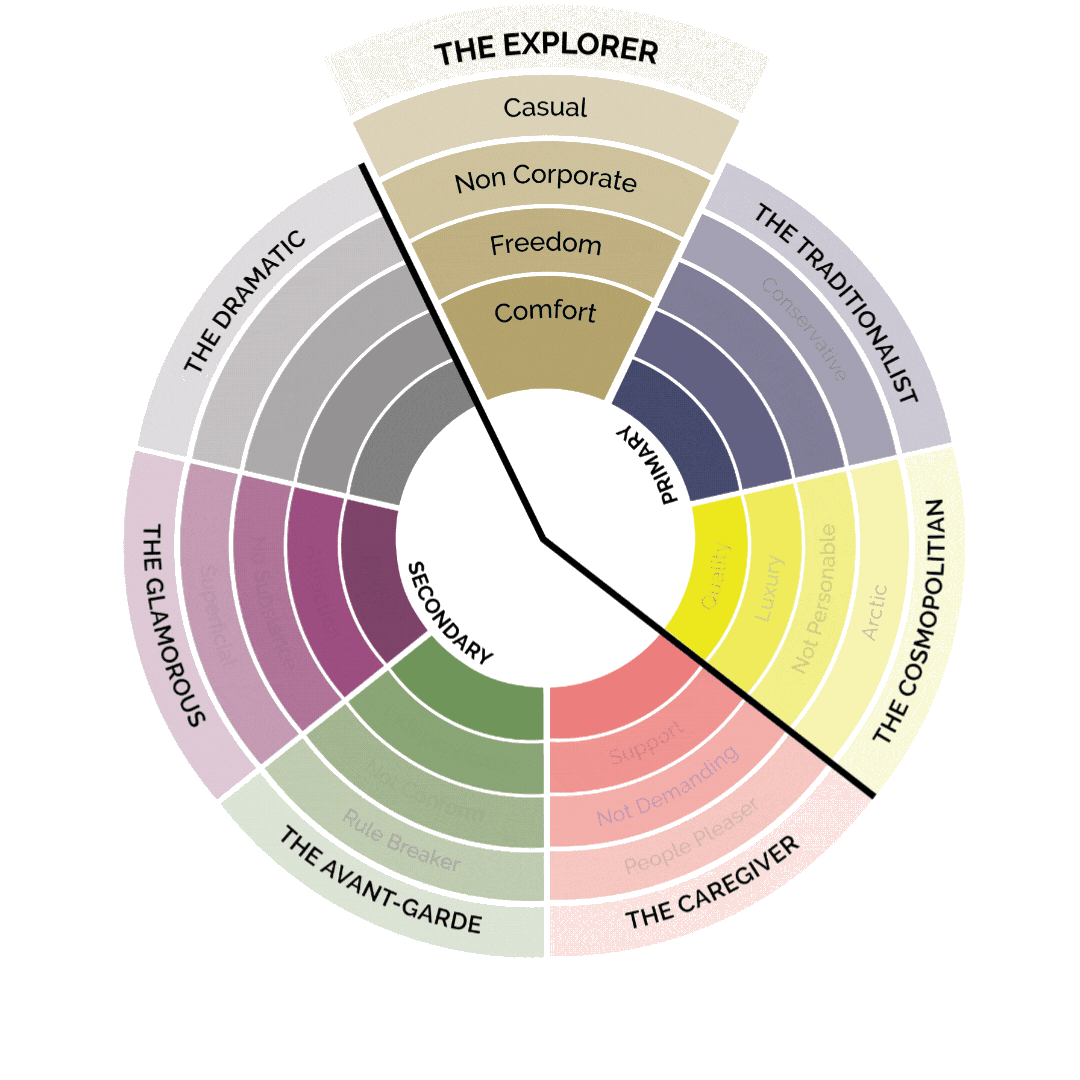Stuck Isn’t a Strategy: Rethinking How to Ask for Help at work and in Business
“How to ask for help”—five simple words that can make even the most confident business owner or professional hesitate. We’re wired to value independence, competence, and control. So the idea of needing help? It doesn’t always fit the script. Especially at work, where the stakes feel high and the fear of judgment runs deep.
But the irony is painful: when we resist asking for help, we don’t look stronger—we often stall progress. We delay projects, wear ourselves thin, and miss out on resources that could catapult us forward. The real power move isn’t in pretending you’ve got it all figured out. It’s in knowing when and how to ask for help—and doing it with clarity, intention, and confidence.
So what’s actually holding us back, and what could shift if we learned to ask smarter?
Key Takeaways
- Most people struggle with asking for help due to internalized beliefs, not lack of resources.
- Avoiding help doesn’t build trust—it builds distance.
- Asking for help is a strategic leadership move, not a sign of failure.
- The fear of appearing incompetent is often louder than the actual risk.
- There’s a right way—and timing—for asking for help at work.
- Specificity and reciprocity make your ask more likely to be answered.
- Creating a help-asking culture starts with modeling the behavior yourself.
Why Asking for Help Feels Like Failure—Even When We Know Better
We know logically that no one succeeds alone. And yet, when it comes time to raise our hand at work or in our business, something inside tightens. We hesitate. We deflect. We decide to just figure it out ourselves, one late night or overwhelming task at a time.
This resistance isn’t laziness or ego. It’s psychological. For many high achievers, self-worth is tangled up with self-sufficiency. We’ve been conditioned to equate competence with autonomy. To need help is to risk being seen as less than capable, less than sharp, less than worthy of the seat we’re in.
There’s also a control issue buried in the mix. Asking for help requires trust. It asks us to let someone else into our process. To risk a slower pace, a different approach, maybe even feedback we’re not ready for. That vulnerability feels risky—especially in environments that reward confidence over curiosity.
The irony? Refusing to ask for help doesn’t prove our strength. It often hides our growth. It can keep us stuck, isolated, and quietly resentful. And no one gets promoted or respected for burnout.
If you’ve ever wrestled with how to ask for help in a way that feels strong rather than shaky, you’re not alone. So the next time you feel that inner voice say, “You should know this already,” try asking instead: Would it actually be smarter to know who could help me with this?
The pressure to know everything is the fastest way to learn nothing.
The Guilt Layer: When Asking Feels Like a Burden
For some of us, the hesitation isn’t just about fear of failure or loss of control. It’s guilt. Not guilt over being imperfect, but guilt over being an inconvenience. Guilt that we’re interrupting, taking up space, becoming someone’s extra task. And I’ll admit it—I’ve wrestled with this one personally. I still do.
It’s a softer, more invisible kind of resistance. It says, “Everyone else is busy,” or “I should be able to figure this out without pulling someone else in.” It disguises itself as consideration. But beneath it? There’s a deep discomfort with the idea that our needs might take up room.
The problem is, this self-censorship doesn’t just keep us quiet—it keeps us stuck. And it subtly reinforces the idea that our needs are a problem to manage, rather than a valid part of collaboration. Ironically, by trying not to burden others, we often carry too much ourselves.
Here’s what shifted things for me: I started seeing asking for help not as a burden, but as an offering. A chance for someone to contribute their brilliance. A chance to deepen connection. A way to open space for real teamwork. And yes, it took practice. But it started with rewriting that inner story.
Learning how to ask for help means recognizing that being a good colleague, leader, or professional doesn’t mean doing it all alone. It means trusting that support is not just available—but welcome.
So if guilt is what stops you, ask yourself this: Would I be annoyed if they asked me for help? Or would I be glad they trusted me enough to ask?
Every time we avoid asking, we reinforce the lie that strength equals silence.
The Real Cost of Going It Alone
When you’re running your own business or leading a team, the pressure to “handle it all” is constant. You’re juggling strategy, execution, relationships, maybe even the office coffee machine. In that scramble, asking for help feels inefficient. Slower. Like you’re admitting defeat.
But here’s the real talk: doing everything yourself is the fast track to plateauing.
When you avoid asking for help, you limit your perspective. You stay inside your own thinking, your own assumptions, your own blind spots. That leads to slower decisions, delayed results, and sometimes, preventable mistakes. And if you’re leading a team? You’re modeling a culture of lone-wolf problem solving. That might look like hustle, but it creates silos and quiet stress beneath the surface.
There’s also a trust factor here. People want to help. But if you never ask, they assume you’re fine. Or worse—that you don’t value their contribution. Leaders who never need help rarely build teams that feel empowered to step up. That missed opportunity? It doesn’t just impact morale. It affects your bottom line.
Learning how to ask for help in those moments isn’t just about lightening your load—it’s about unlocking momentum. So ask yourself: is your independence helping your business grow—or quietly holding it back?
If you’re doing everything yourself, you’re probably doing the wrong things.
When Confidence Becomes a Cage: Rewriting the Narrative Around Asking for help
Confidence is praised in business for a reason. It gets attention. It builds momentum. But confidence without flexibility becomes a cage. When you’re too proud or too polished to ask for help, you don’t look strong—you look unreachable.
Being open, curious, and collaborative is professional. Admitting you don’t have all the answers is leadership. And creating room for others to contribute isn’t weakness—it’s a strategic invitation.
Think of the leaders you admire most. Are they stoic lone rangers? Or are they thoughtful decision-makers who ask great questions, gather insight, and then move? The best leaders aren’t the ones with all the answers. They’re the ones who know how to access the best input, fast.
If you’ve ever wrestled with how to ask for help without diminishing your credibility, you’re not alone. The story we tell ourselves—that asking equals failing—is outdated. We live in a world built on collaboration. The smartest professionals aren’t afraid to say, “I don’t know this… yet.”
So what if you reframed asking for help as proof of strategic intelligence, not insecurity?
The strongest leaders aren’t certain—they’re curious.
How to Ask for Help Without Undermining Your Credibility
Here’s the good news: asking for help doesn’t have to make you look weak, needy, or unqualified. It’s all in how you do it. And most importantly, when you do it.
First, ask early. Don’t wait until you’re spiraling or past deadline. Asking when you’re stuck at 70% shows foresight. Asking when you’re at 110% looks like disorganization.
Second, be specific. Vague requests like “Can you help me with this?” create friction. People want to say yes—but they don’t want to decode what you need. Try, “I’m working on X, and I’m hitting a wall with Y. Could I run it by you for 10 minutes?”
Third, frame the ask with respect for the other person’s expertise or experience. People love to feel helpful when they feel their input is valued.
And finally, acknowledge the help. Not performatively, but authentically. A simple, “Thanks, that unlocked something for me,” can go a long way.
Asking for help isn’t about lowering your status. It’s about raising the bar on how you move through complexity.
Your credibility doesn’t come from having all the answers—it comes from knowing when to ask for better ones.
The Psychology of the Ask: Timing, Tone, and Trust
Asking for help is more than a tactical move—it’s a psychological one. People are more likely to say yes when they trust your intention, feel safe to contribute, and sense that their input will be used wisely.
That means your tone matters. Asking from a place of curiosity rather than panic creates openness. Asking from a place of partnership rather than hierarchy creates rapport.
Timing is also key. No one likes to feel like a backup plan or last resort. Build relational equity by being generous first—with ideas, feedback, or even encouragement. People remember those micro-moments.
Also: permission-based asking works. Instead of launching into a request, try: “Do you have a moment for a quick question on something I’m stuck on?” That gives people autonomy, and paradoxically, makes them more willing to say yes.
If you’re wondering how to ask for help in a way that lands well, remember this: when the ask feels thoughtful, low-friction, and time-respectful, it gets answered more often. Not because people owe you—but because they want to help.
The right tone makes people want to say yes—even before they hear the ask.
Making It Easier for Others to Say Yes
If you want help, make it easy to give. That means doing the prep work. Clarify what you need. Explain what you’ve already tried. Be honest about the stakes. And ask in a way that respects the other person’s time, energy, and expertise.
The most effective help-askers often preempt resistance. They might say, “I know your time is tight, so I pulled together a 2-minute summary.” Or, “I’m not looking for a full solution—just a sounding board.”
If you’ve ever wondered how to ask for help in a way that’s both respectful and effective, this is it: clear, concise, and grounded in mutual respect.
The goal isn’t to offload your problem. It’s to create a bridge where someone else can walk in, contribute, and walk out without feeling drained or confused.
Also: follow up. Let the person know what happened after their input. Did it work? Did it shift your thinking? Did it save you hours? That feedback closes the loop and strengthens the relationship.
A great ask for help isn’t a burden. It’s an invitation to be useful.
If you ask for help, remove all frictions first.
Leaders Go First: Building a Culture Where Asking for Help Is the Norm
If you want a team or business culture where people ask for help before it’s too late, you have to model it. Leaders set the tone.
Talk openly about what you don’t know yet. Name your stuck points. Celebrate the people who helped you move forward. It signals to your team (or peers) that asking isn’t a weakness—it’s a strength.
Also, respond well when people ask you for help. Don’t just give advice—listen. Don’t just solve—reflect back what you hear. Make it safe to not know. That safety becomes the foundation for real innovation, better communication, and faster collaboration.
If you want to shift the norms around how to ask for help in your workplace, it starts with you showing what that actually looks like.
Culture doesn’t change because you say it should. It changes because you act differently first.
So, the next time someone asks for help, thank them for trusting you enough to ask.
If asking for help isn’t modeled at the top, it won’t feel safe anywhere else.
ADDITIONAL RESOURCES
Eight Reasons We Reject Advice And How Behavioral Science Can Help Overcome Them
This Forbes piece explores the psychological barriers that lead people to resist seeking advice and offers strategies to overcome them.
Nine Ways To Encourage Employees Who Hesitate To Ask For Help
This Forbes article provides insights into why employees may be reluctant to seek assistance and offers practical approaches to foster a supportive environment.
FREQUENTLY ASKED QUESTIONS
What if I ask for help and the person says no?
Rejection is one of the most common fears tied to learning how to ask for help. But a “no” isn’t always personal—it’s often about timing, bandwidth, or priorities. If someone declines, thank them anyway and try someone else. Keep in mind: the willingness to ask is already a sign of strength. Building a network of support means understanding not everyone will say yes, but that doesn’t make the ask invalid. Over time, you’ll refine who to ask and when. Don't let one no silence your next opportunity.
Is there a difference between asking for help and delegating?
Absolutely. Asking for help is usually about seeking support, insight, or collaboration on a specific challenge you’re responsible for. Delegating, on the other hand, involves assigning ownership of a task to someone else. Understanding how to ask for help in business means knowing when to collaborate and when to offload. They’re both valid—but mixing them up can create tension. Be clear: “Can I run this by you for feedback?” is different from “Can you take this over for me?” Clarity in your ask keeps expectations clean and relationships healthy.
What if I don't know who to ask for help?
If you're unsure who to turn to, start by mapping the problem. What type of expertise or insight do you need? From there, identify people in your network (or even adjacent departments or online communities) who might have experience in that area. Part of learning how to ask for help is also learning how to find the right person. You can even phrase your ask like this: “I’m working through X and unsure who might be best to speak with—would you happen to know someone I could reach out to?” You’ll often find more people are willing to connect you than you expect.
Asking Isn’t Weakness. It’s Wisdom in Disguise.

At its core, learning how to ask for help is about reclaiming agency. It’s about saying, “I care enough about this outcome to not do it alone.” It’s about letting people in—not because you’re incapable, but because you’re invested. The next time you’re stuck, overwhelmed, or one insight away from a breakthrough, remember: asking doesn’t lower your worth. It unlocks your potential. And if that feels uncomfortable? You’re probably asking exactly the right question.




